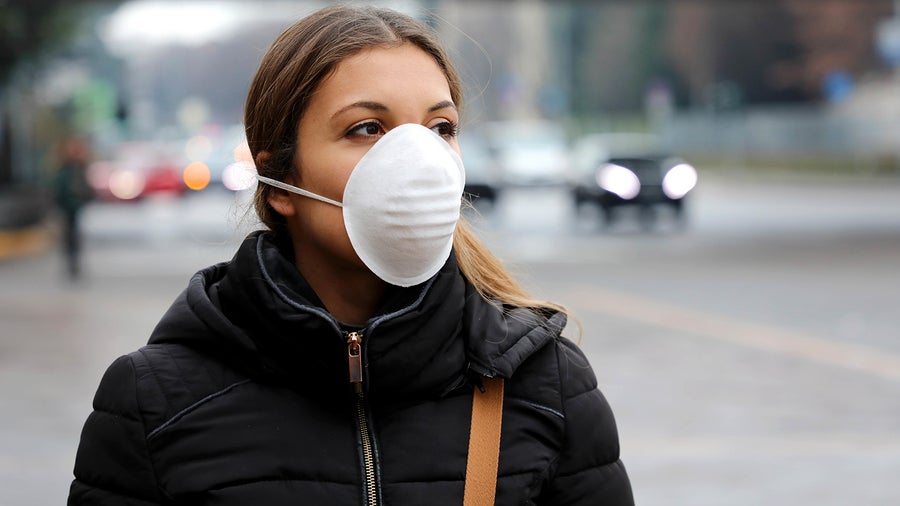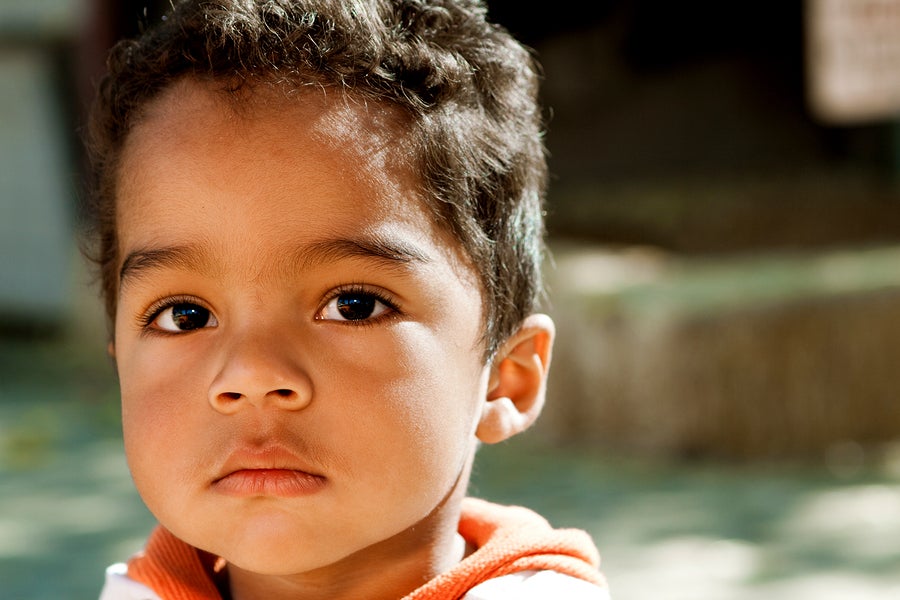Vulnerable Populations
-
At Hug Me Tight, no more hugs for now: The challenges of child care in the age of COVID-19
Pittsburgh Post-Gazette By: Kate Giammarise For the first time in months, young children toddled through the door at Hug Me Tight Childlife Center on Monday. They faced a few changes. Two-year-old Titan Yates arrived around 8:30 a.m. His mother Ty logged him into the center’s computer system by using her phone to scan a QR…
-
Congress must address the urgent Latino priorities left out of the CARES Act
Unidos US On behalf of UnidosUS (formerly the National Council of La Raza), I thank you for coming together to pass the bipartisan Coronavirus Aid, Relief, and Economic Security (CARES) Act …The pandemic has reinforced the importance of quality, affordable, and accessible health coverage and care in order to live a healthy life in general,…
-
COVID-19 and Immigrant Health
Now, more than ever, it’s critical that everyone has access to health coverage. The only way to effectively respond to a pandemic is to make sure that everyone can get the screening and treatment they need. Unfortunately, even with three new laws to address the COVID-19 public health emergency, there are still gaps in coverage,…
-
We Must Rise to the Challenge and Help Latino Children Get the Health Care They Need
Yesterday (March 18, 2020), we released a report, “Decade of Success for Latino Children’s Health Now in Jeopardy,” in partnership with UndiosUS. The data in this report predate the recent COVID-19 outbreak, but the message is clear. All children need health coverage – especially in times like these. An effective defense against a pandemic includes…
-
Report Finds Latino Children Losing Ground in Health Coverage
Decades of progress providing health coverage to more Latino children has begun to erode, with the number of uninsured Latino children climbing to 1.6 million and the uninsured rate growing from 7.7 to 8.1 percent between 2016 and 2018, according to a new report by UnidosUS and the Georgetown University Center for Children and Families. This marks…
-
Latino Children’s Coverage
Having health insurance is important for children to grow and thrive. Latino children are more likely than other children to be uninsured, but efforts to reduce this coverage disparity by expanding affordable coverage options such as Medicaid, CHIP, and the Affordable Care Act paid off – the rate of uninsured Latino children decreased to historic…
-
The Future of Coverage for American Indian and Alaska Native Children
As you may possibly have heard by now, the uninsured rate for children is heading in the wrong direction. It increased from 5 percent in 2017 to 5.5 percent in 2018, which translates into an additional 425,000 uninsured children. Among the children whom this trend likely affects are American Indians and Alaska Natives, but we…
-
Promoting Health Coverage of American Indian and Alaska Native Children
Introduction In 2017 there were approximately 774,000 American Indian and Alaska Native (AI/AN) children under age 19, comprising about 1 percent of the 78.1 million children nationwide. AI/AN children are disproportionately poor, experience major health disparities, and are more than twice as likely to be uninsured as U.S. children overall. It goes without saying that…
-
Child Enrollment in Medicaid and CHIP Slips Again
We continue to closely monitor the trends in child enrollment in Medicaid and the Children’s Health Insurance Program (CHIP) following our report on the precipitous enrollment decline in 2018. As of March 2019, overall child enrollment in Medicaid and CHIP was down an additional 41k children in the first quarter of 2019. However, the national…
-
Proposed HUD Rule Adds to Climate of Fear for Immigrant Families, Puts America’s Children at Greater Risk of Homelessness
Yesterday was the deadline for comments on yet another anti-immigrant proposed rule, this one targeting over 55,000 citizen children in mixed status families that rely on prorated housing assistance under current program rules. We joined other child health groups in submitting comments, underscoring the serious negative impacts of homelessness and housing insecurity for child well-being…
-
Counting All Children in the 2020 Census Would Benefit Poor Children: State and Local Advocates Can Help
Being counted in the Decennial Census helps young children thrive. When they are counted, their communities get their fair share of over 800 billion dollars a year in federal funding that is allocated by formula using data derived from the federal Census. Those programs include many that remediate the harmful effects of poverty on young…
-
In Utah, Another Attempt to Limit Access to Health Care Coverage
Utah revealed the next chapter in its drawn-out Medicaid expansion debate on May 31. Unsurprisingly, it’s yet another attempt to limit access to affordable health care coverage. Rather than heeding the will of the voters and implementing Prop 3 – which would have given 150,000 low-income Utahans access to Medicaid coverage – the state has…
-
Fewer Florida Children Enrolled In Medicaid, CHIP In 2018, Report Says
WUSF Public Media By: Julio Ochoa The number of children covered by Medicaid declined in Florida and other states for the first time in more than a decade. With the unemployment rate at historic lows, that could mean that more children are being covered by their parents’ employers. But some experts say something else is…
-
Red Tape And Immigration Fears Have Led To A Drop In Health Coverage For Texas Children
KUT 90.5 Austin Public Radio By: Ashley Lopez About 146,000 fewer children in Texas were enrolled in Medicaid and the Children’s Health Insurance Program between the end of 2017 and the end of 2018, according to a study released Thursday by the Georgetown University Center for Children and Families. Nationwide more than 828,000 fewer children…
-
Maternal Depression Costs Society Billions Each Year, New Model Finds
The most common pregnancy complication is also among the costliest, for moms, babies and society at large. A new cost model created by researchers at Mathematica finds that untreated mood and anxiety disorders among pregnant women and new moms cost about $14.2 billion for births in 2017, when following the mom and child pair for…
-
Texas Women Needed Help From the Legislature. They Didn’t Get It.
Dallas Observer By: Stephen Young More than 25% of Texas women between ages 18 and 44 don’t have health insurance coverage. That’s one of the biggest takeaways from a new study into the effects of Medicaid expansion on maternal health from the Georgetown University Health Policy Institute. Texas’ uninsured rate for women of child-bearing age…
-
Study Says Idaho is Among States with Highest Number of Uninsured Women
670 KBOI News By: Jay Howell Georgetown University says Idaho’s women of childbearing age are some of the most uninsured in the country. Joan Alker with the Georgetown Center for Children and Families says 16% of Idaho’s women between 18 and 44 fall into the so-called Medicaid Gap, and won’t really be helped when expansion…
-
Medicaid Expansion Tied to Drops in Maternal, Infant Mortality Rates
Tulsa Public Radio By: Matt Trotter Oklahoma’s maternal and infant mortality rates are 34th and 43rd in the U.S. Researchers report Medicaid expansion could make a difference. Reviews found Medicaid expansion states saw infant mortality rates fall 50 percent more than states that did not expand Medicaid and saw maternal mortality rate declines of 1.6…
-
Medicaid and CHIP Enrollment Decline Suggests the Child Uninsured Rate May Rise Again
Executive Summary There is no debate over the fact that children are losing Medicaid and Children’s Health Insurance Program (CHIP) coverage. Overall, more than 828,000, or 2.2 percent, fewer children were enrolled in Medicaid and CHIP, combined, at the end of 2018 than the previous year. A drop in child enrollment is unusual; between 2000…
-
Pregnancy-Related Deaths Are Rising In Utah. Experts say extending Medicaid Could Help Those At Risk
KUER 90.1- Utah’s NPR By: Erik Nuemann … But one of the best ways Utah and other states can slow this increase is by expanding coverage of Medicaid health insurance for pregnant women, according to new research released Wednesday. That’s a politically controversial issue in Utah, though, where coverage gaps remain following the limited expansion state…













